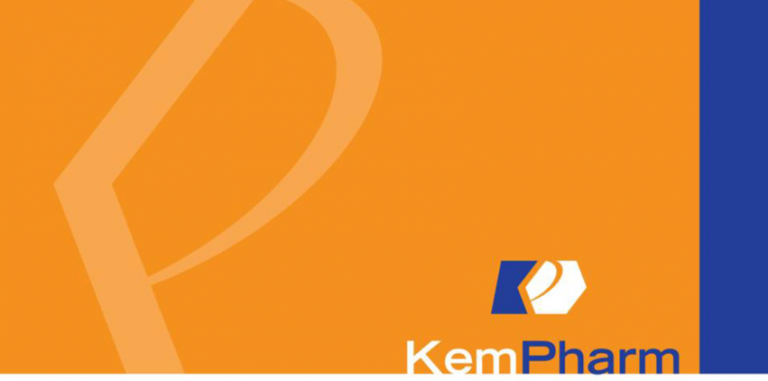
On February 4, 2015, KemPharm, Inc. (NASDAQ:KMPH) announced a senior convertible note issue. It’s a $75 million issue, with a 5.5% rate. Since the announcement, the company is down close to 23%, having lost 20% across a single session on Monday. A capital raise such as this suggests a company is in a high growth phase, and a such, at first glance the bearish action seems counterintuitive. In reality, however, it’s a standard response to this type of finance raise. Here’s why.
Click Here For More Market Exclusive Updates & Analysis
First, and necessary to aid understanding of this phenomenon, we’ve got to look at the company itself. KemPharm is a development stage biotech company. It currently generates no revenues (at least, none of note) and holds a pipeline of candidates in pain management, ADHD and a host of CNS disorders including schizophrenia, bipolar disorder and major depressive disorder.
The company’s lead candidate – and the one that carry’s the majority of KemPharm’s market capitalization on its shoulders – is called KP201/APAP. It’s a formulation of hydrocodone and acetaminophen, designed to be abuse deterrent. Opioid abuse is a huge problem in the US, and a host of companies are working on proprietary technologies to tackle the issue. KemPharm’s tech works by attaching what’s called a ligand (another word for a binding molecule) that stops the drug from working until it enters the GI tract of a patient. This means it can’t be crushed, dissolved etc., making it (theoretically) abuse deterrent. The company put forward an NDA to the FDA in December, but as yet, the agency has not accepted the submission. This isn’t necessarily a sign that anything is wrong – the FDA is notorious for taking its time with NDA approval – and we expect to hear some feedback from either the company or the agency this quarter.
So, let’s get to the decline. As we’ve said, KemPharm just announced a senior convertible note issue that will see it raise $75 million, with an estimated $71.2 million expected in net proceeds at closing. There’s a further $11.25 million up for grabs if initial purchasers exercise an option to pick up additional notes, but let’s focus on the more conservative number for the purposes of this discussion. Just shy of $19 million is earmarked to clear a debt of the company’s books – $15 million plus interest to the Deerfield Private Design Fund III, L.P.
The rest is earmarked for operational costs, the commercialization of KP201/APAP – assuming it reaches commercialization on an FDA nod – and the advancing of a couple of secondary candidates in the indications we’ve already mentioned. All in all, a pretty standard financing round. Why, then, are markets selling off on the company?
Well, convertible note issue is a way that high growth company’s often take advantage of their current momentum to raise capital. Tesla Motors, Inc. (NASDAQ:TSLA) has done it a few times. As has Netflix, Inc. (NASDAQ:NFLX). A company sells a promise to issue shares at a particular price on a future date, and picks up capital at a low interest rate in return. The low rate is the upside. The downside is dilution. At various points between now and 2021, KemPharm will have to issue shares, purchased as part of this offering, for $14.83 a share. These shares will dilute the holdings of current investors. Say, for example, an investor owns a 2% stake, and KemPharm issues a load of new shares. This issue won’t impact how many shares they own, but it will impact how much of the company, as a percentage, the shares represent. An individual likely won’t mind too much if the company gains a lot of strength on the back of the capital raise, but it’s a sort of catch 22. The higher the company’s shares rise on the open market, the bigger a discount to the future market price the notes issue represents. KemPharm is picking up circa $70 million now from the issue of x number of shares, with the incentive being a low interest rate (it might have to pay up to 12% with a more traditional debt raise. However, if its price rises by a multiple of four over the next five years, or more even, it could easily turn out to have been cheaper to pay a higher rate and not have to issue shares at a large discount to market rate in the future.
Investors in a company like KemPharm take a position on the assumption that the company will grow exponentially across the next five to ten years – that’s the nature of clinical stage biotech speculation. The higher the growth, the bigger the dilution, and the higher the likelihood that KemPharm is getting a good deal now at the expense of what might turn out to be a better deal in the future. This sentiment is what has driven the decline, and is what will likely add further pressure to the company’s market capitalization going forward.
Of course, when (if) the FDA accepts the pain prodrug NDA, sentiment could reverse sharply. If it does, markets might overlook the dilution – at least temporarily. For now, however, disgruntled shareholders look to be in control.




